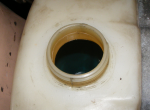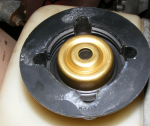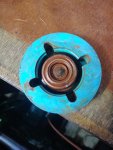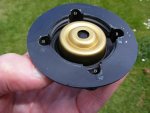Nunuwawa
New member
Hello all
I recently bought a Storebro 31 with two Volvo penta TMD40A (1980) engines.
The oil alarm (what I think it is) from one of the engines doesn't work and I cannot find a similar one anymore
Does anyone know with what/how to replace this? (12V)
See attachments
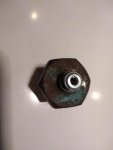
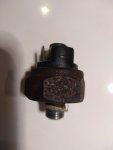
Then I have another question
There is an expansion tank but I don’t understand how it supposed to work
Just under the pressure cap is an overflow outlet which is always open
How can any cool water pressure build up like this?
See attachments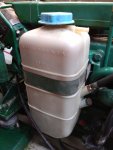
Thanks a lot for any advice
Walter
I recently bought a Storebro 31 with two Volvo penta TMD40A (1980) engines.
The oil alarm (what I think it is) from one of the engines doesn't work and I cannot find a similar one anymore
Does anyone know with what/how to replace this? (12V)
See attachments



Then I have another question
There is an expansion tank but I don’t understand how it supposed to work
Just under the pressure cap is an overflow outlet which is always open
How can any cool water pressure build up like this?
See attachments

Thanks a lot for any advice
Walter




